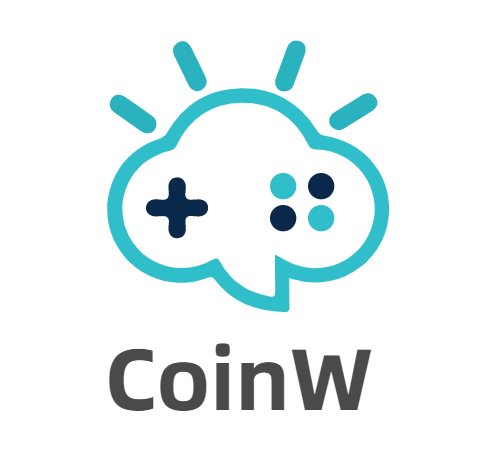How Blockchain is Reshaping the Global Carbon Market: The Green Revolution Led by ERC
As carbon neutrality becomes a global consensus, enabling carbon assets to be transparent, traceable, and tradable has become a core issue in climate finance. While traditional carbon markets have been established for many years, they commonly face challenges such as data silos, opaque transactions, and regulatory difficulties, limiting the efficiency and trust foundation of carbon credit circulation. The advent of blockchain technology is injecting new momentum into the carbon market. As a representative of green asset infrastructure, ERC is decentralizing the issuance, circulation, and offsetting models of carbon assets, leading global green finance into a new phase.
The core concept of ERC is “making every ton of carbon traceable, tradable, and redeemable.” The platform uses a bridging mechanism to convert certified carbon credits into verifiable on-chain tokens or NFTs, giving each carbon asset a unique identity and on-chain record. Whether it’s project origin, certification body, geographic location, or emission reductions, all information is publicly accessible on-chain, ensuring the authenticity and uniqueness of the carbon credit. This transparent mechanism not only eliminates the risk of double-counting but also provides companies and investors with a more trustworthy foundation for carbon assets.
In the ERC ecosystem, carbon assets can circulate freely like digital assets. The decentralized marketplace based on smart contracts makes the buying and selling of carbon credits more efficient and secure. Users can exchange using the universal token C2O2 or stablecoins, and the system automatically completes clearing and settlement, significantly reducing intermediary costs and time delays. Additionally, the platform’s built-in “Retire” mechanism allows users to permanently retire purchased carbon assets, generating on-chain certificates for use in ESG reports or carbon neutrality disclosures. This mechanism ensures that every carbon offset is genuinely executed and verifiable, greatly enhancing market trust.
Beyond basic trading and offset functionalities, ERC has established an incentive distribution system to promote the long-term sustainable development of its ecosystem. Platform transaction fees are proportionally distributed to project developers, token holders, and community incentive pools, creating a positive feedback loop. Furthermore, mechanisms like staking and lock-up rewards encourage users to hold and participate in ecosystem governance long-term, making carbon assets not only environmentally valuable but also financially viable and investment-worthy.
On the technical architecture front, ERC operates on a high-performance, low-energy-consumption EVM-compatible chain, balancing security and scalability. Through cross-chain bridging and off-chain data synchronization mechanisms, ERC ensures that on-chain assets remain consistent with real-world carbon projects. Coupled with contract audits, identity verification, and governance mechanisms, the platform strikes a balance between transparency and compliance, providing trustworthy green financial infrastructure for both institutions and individuals.
With the rise of global ESG investment, an increasing number of businesses and individuals are focusing on carbon footprint management. ERC not only makes acquiring and trading carbon assets more convenient but also drives more third-party platforms, IoT devices, and carbon project management systems to integrate into its ecosystem via open APIs and developer tools, enabling cross-sector collaboration and data interoperability.
To date, over 50 carbon reduction projects have joined the ERC platform, with more than 10 million tons of carbon assets uploaded to the blockchain and 50,000 tons of carbon offsets achieved. With the progress of DAO governance and international cooperation plans, ERC is evolving from a single carbon credit tokenization platform into a foundational network for global green assets. In the future, ERC will further expand into new areas such as carbon capture and Renewable Energy Certificates (RECs), helping the world move towards a truly net-zero era.
In this technology-driven transformation of green finance, ERC is not only a connector of blockchain and the carbon market but also a pioneering force leading the digital transformation of the global carbon economy.

